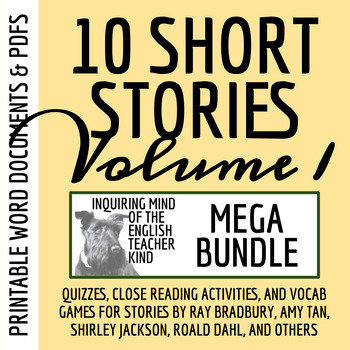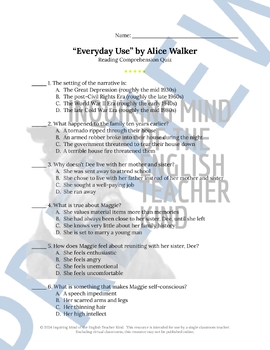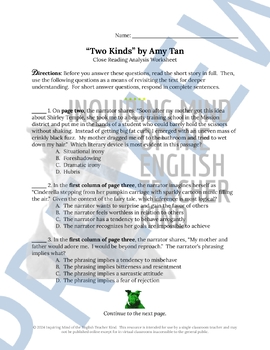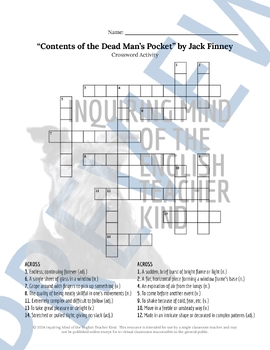High School Short Stories Quiz, Close Reading, and Vocab Games Bundle (Vol. 1)
- Zip
- Easel Assessment
What educators are saying
Products in this Bundle (31)
showing 1-5 of 31 products
Description
Expand your selection of short stories for the high school ELA classroom with this bundle of reading comprehension quizzes, close reading analysis worksheets, and vocabulary games covering 10 narratives representing a range of authors (including Shirley Jackson, Ray Bradbury, Roald Dahl, and Amy Tan) and genres (including young adult fiction, science fiction, and horror). A summative unit test and answer keys are included. Materials are delivered in editable Word Document and printable PDF formats. (Alternatively, a Google Drive bundle option is available.)
The following short stories are covered:
- "The Pedestrian" by Ray Bradbury
- "Two Kinds" by Amy Tan
- "Lamb to the Slaughter" by Roald Dahl
- "The Leap" by Louise Erdrich
- "The Masque of the Red Death" by Edgar Allan Poe
- "Everyday Use" by Alice Walker
- "Contents of the Dead Man's Pocket" by Jack Finney
- "Through the Tunnel" by Doris Lessing
- "The Colomber" by Dino Buzzati
- "The Possibility of Evil" by Shirley Jackson
By engaging with these resources, students will do the following:
- Read for literal and interpretive comprehension
- Consult reference materials to learn and verify word meanings
- Discern the most proper application of words as they are used in sentences
- Develop an improved understanding of the conventions associated with specific literary genres
- Examine how complex characters think, behave, interact, and develop
- Infer the intended effects of the author's stylistic choices and narrative techniques
- Apply knowledge of setting, characterization, conflict, and literary devices
- Support claims and inferences with sound reasoning and relevant evidence
- Write about fiction with clarity, accuracy, and precision
- Be better prepared to engage in collaborative discussions about literature
Alternatively, genre-specific resources are available:





